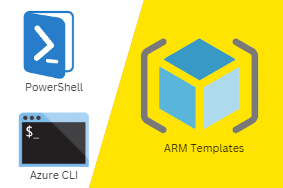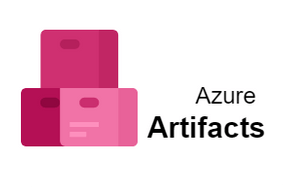Azure Stack is the only hybrid cloud solution that brings together Azure’s infrastructure, application platform, and management services across both private and public cloud environments—enabling customers to unlock new opportunities with their data and applications. But how exactly does it work? Let’s get started by first taking a look at what Azure Stack actually is.
Introduction to Azure Stack
Did you know that Azure Stack has been on-premises since August 2017? Did you know that now, you can enjoy all of your favorite Microsoft products – like Office 365 and Dynamics 365 – even when your cloud infrastructure isn’t running Microsoft software? If these facts have blown your mind, then you should definitely explore some more. And if not, then maybe it’s time to look into what Azure Stack is all about! In short, Azure Stack allows companies to run in a hybrid cloud model while also giving them full control over their data.
Azure Stack Use Cases
While Cloud Software-as-a-Service (SaaS) solutions like Salesforce, Oracle EBS, etc. already exist for enterprise customers to use, there are also a number of on-premises cloud software options on offer from Amazon Web Services (AWS), Google Cloud Platform (GCP), Microsoft Azure and IBM. While some businesses will be more comfortable with one over another due to their respective company’s existing IT infrastructure, others might choose multiple cloud platforms for different projects or tasks. Regardless of your preferences, knowing about different cloud software offerings will put you in a better position to make an informed decision when choosing a platform that’s right for your business needs. Here’s an overview of three popular cloud software offerings currently available Before deciding which cloud SaaS solution is best for your business, it’s important to first understand its features and compare them against those offered by other vendors. To get started: 1) list out all of your requirements; 2) rank each requirement based on importance; 3) determine if any given product has each ranked requirement; 4) prioritize requirements by their rankings; 5) figure out what product can fill most requirements (use least strict/least preferred option); 6) review contracts for pricing models—it may be worth using a Least Preferred Option if it makes up for cost savings elsewhere; 7) draft risk analysis with contingencies by scenario.
Who Needs Azure Stack?
You might not. As a general rule, you’ll want to avoid using Azure Stack unless you have an explicit reason to do so. In most cases, running cloud applications on-premises isn’t necessary or cost-effective. For example, renting servers from a third party will likely be cheaper than building your own data center—especially if you don’t plan on keeping data on premise anyway. You may have heard of hybrid cloud or multi-cloud deployments; those are generally better options than using Azure Stack in most cases (at least until all three options are more streamlined).
Benefits of Azure Stack
With Azure Stack, IT departments can deploy all of their services from their private datacenter, including cloud infrastructure and applications. They also have full control over data privacy, security and compliance, as well as direct access to storage options for processing large amounts of data. The platform offers open standards for integration with existing on-premises IT investments, so companies can seamlessly transition between public cloud environments and on-premises datacenters. All of these benefits are integrated into Azure’s own Cloud Application Platform technology stack so that users don’t need to purchase multiple products or hire external vendors to ensure services run effectively in both environments.
Advantages and Disadvantages
The implementation of cloud in an organization doesn’t happen over night. It takes a lot of planning and a long process to change your company’s infrastructure, not to mention a substantial budget. For many companies, moving away from on-premises infrastructure to cloud is simply too expensive. And, for others, there may be regulatory reasons for holding back. In such cases, one alternative could be Microsoft Azure Stack—an application that allows you to run some Microsoft services in your own datacenter.
Understand Microsoft’s Approach to the Cloud
Today, organizations can choose from three main approaches to cloud computing: Platform as a Service (PaaS), Software as a Service (SaaS) and Infrastructure as a Service (IaaS). PaaS services provide tools to create and deploy applications without having to handle any of their underlying infrastructure. While SaaS allows companies to buy software off-the-shelf, IaaS gives businesses access to virtualized resources hosted on remote servers. There are many benefits of using an IaaS solution, including cost savings through building fewer physical resources, ability to quickly provision new systems or deploy additional capacity when needed, scalability based on your needs at that time or growing your organization over time.



0 Comments